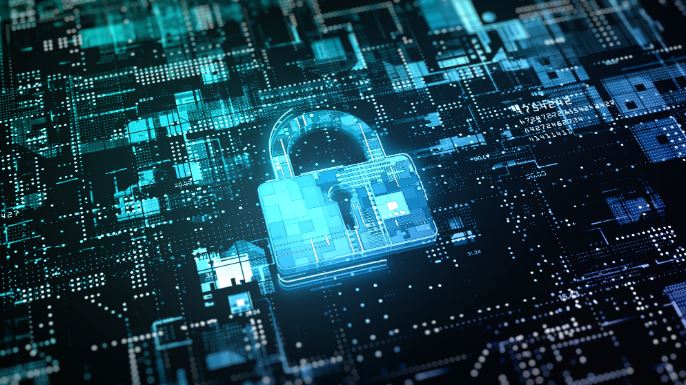Top Cyber Security Trends to Watch Out for in 2023
With the constant evolution of technology, new threats and vulnerabilities emerge, making it essential for individuals and organisations to stay ahead of cybercriminals. In today’s digital age, cyber security solutions have become more crucial than ever. As 2023 unfolds, numerous cyber defence trends are set to shape the online security landscape. This article explores the top trends that demand attention and proactive measures to safeguard sensitive information and digital assets.
What could be the reason the user is experiencing a slow login?
Rise in Sophisticated Ransomware Attacks: Attacks using ransomware have been a major worry in recent years, and their sophistication is only increasing. Experts in 2023 predict increased highly targeted and customised ransomware attacks using advanced encryption techniques and evasion tactics. Cybercriminals are expected to employ artificial intelligence (AI) and machine learning (ML) to develop more potent and evasive ransomware strains. Organisations must invest in robust backup solutions, regularly update security systems, and educate employees about potential threats and safe practices to counter this trend.
Expansion of Internet of Things (IoT) Vulnerabilities: As the Internet of Things (IoT) expands, the security risks associated with interconnected devices grow exponentially. In 2023, the number of IoT devices is expected to reach new heights, providing cybercriminals with a larger attack surface. Vulnerabilities in IoT devices, including cameras, smart home systems, and industrial control systems, can lead to devastating consequences if exploited. Security measures like strong passwords, firmware updates, and network segmentation should be implemented to mitigate these risks.
Heightened Concerns about Artificial Intelligence (AI) Security: AI has revolutionised various industries but presents unique security challenges. As AI systems become more pervasive, the potential for adversarial attacks and AI-driven cyber threats increases. In 2023, the focus on AI security will intensify, emphasising securing AI models, preventing data poisoning, and protecting against deep fake attacks. Organisations should invest in AI-specific security solutions, conduct rigorous testing of AI systems, and implement strict access controls to safeguard sensitive AI data.
What could be the reason the user is experiencing a slow login?
Emphasis on Cloud Security: The adoption of cloud services has grown significantly, leading to an increased focus on cloud security. In 2023, securing cloud environments will remain a top priority for organisations. As cloud infrastructure expands, so do the risks associated with misconfigurations, data breaches, and unauthorised access. Strong encryption, multifactor authentication, and continuous monitoring are essential to enhance cloud security. Additionally, organisations should carefully evaluate their cloud service provider’s security practices and ensure compliance with industry standards and regulations.
Growing Importance of Zero Trust Architecture: Traditional perimeter-based security models are becoming obsolete as organisations embrace a zero-trust approach. Zero trust architecture assumes that no user or device is inherently trustworthy, requiring continuous verification and validation of every user and their access privileges. Organisations will continue to use zero-trust frameworks in 2023 as they become more aware of the need for granular control and improved visibility over network activity. Implementing multifactor authentication, micro-segmentation, and behaviour-based anomaly detection are key components of a zero-trust strategy.
Expansion of Cyber Risk Management Regulations: Governments worldwide recognise the urgency to combat cyber threats and enact stringent data protection regulations. In 2023, an expansion of these regulations is anticipated, with stricter requirements imposed on organisations to safeguard user data and privacy. Compliance with regulations will be essential for businesses operating in certain regions. Organisations must stay updated with evolving regulations and proactively implement security measures to avoid penalties and reputational damage.
How can we check from where user is getting authenticated?
Conclusion
In 2023, the network security landscape will continuously evolve, introducing new challenges and opportunities. The rise of sophisticated ransomware attacks, IoT vulnerabilities, AI-driven threats, cloud security concerns, and the growing importance of zero trust architecture all highlight the critical role of cyber security solutions. By staying informed about these trends and implementing robust security measures, individuals and organisations can better protect themselves against cyber threats and safeguard their digital assets in the year ahead. Investing in advanced cyber security solutions and adopting a proactive approach will be crucial for maintaining a strong defence against the ever-evolving cyber landscape.

